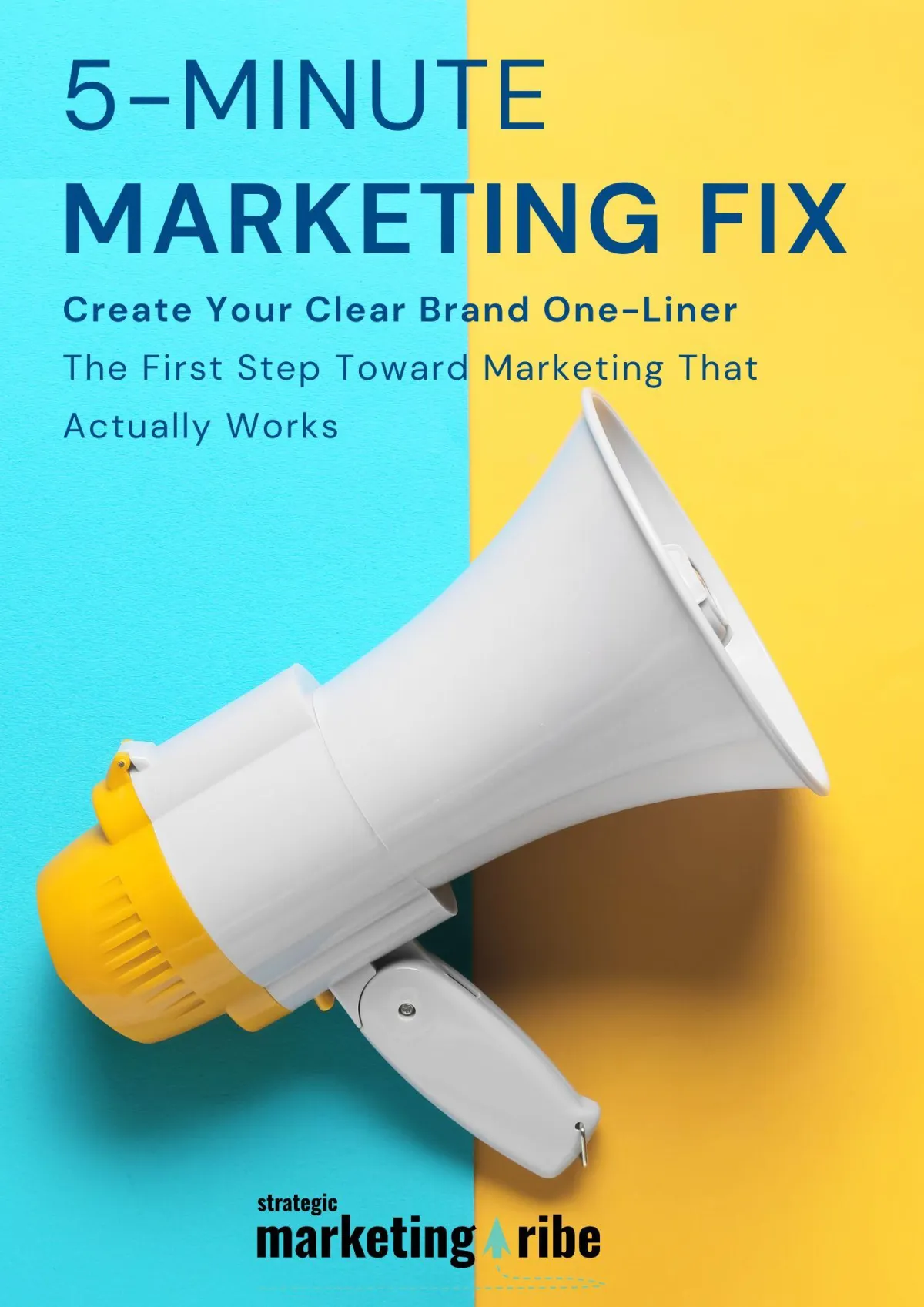STORY, MEET STRATEGY
Let’s make marketing feel less robotic and more real.
Find resources that bring your message—and your business—to life.

ChatGPT Brings Back 4o—Here’s What Small Businesses Can Learn
By Vicky Sidler | Published 15 August 2025 at 12:00 GMT
Imagine upgrading your café menu and removing everyone’s favorite sandwich overnight—without telling anyone.
Now imagine your customers not only complain but start holding candlelight vigils for the tuna melt.
That’s essentially what happened to OpenAI last week, according to The Verge.
After launching GPT-5 as ChatGPT’s default model, they quietly removed GPT-4o—an older, widely loved version. Paid subscribers lost the ability to switch back, and the internet responded with the emotional equivalent of tossing coffee in a manager’s face.
TL;DR
OpenAI made GPT-5 the default, removing GPT-4o from ChatGPT
Paid users revolted, saying GPT-4o felt more personal and useful
Reddit lit up with stories of lost “AI friendships” and broken workflows
OpenAI reversed course within a day, letting Plus users pick GPT-4o again
Lesson for small businesses: sudden change without warning = brand damage
Need help getting your message right? Download the 5-Minute Marketing Fix.
Table of Contents
ChatGPT Brings Back 4o—Here’s What Small Businesses Can Learn
When “Better” Doesn’t Feel Better:
The Cost of Skipping Communication:
How OpenAI Fixed It (Sort of):
What Small Businesses Should Take Away:
1. Give Notice Before Changes:
2. Offer Options During Transitions:
3. Listen to Feedback—Then Act:
4. Acknowledge the Emotional Factor:
Clear Messaging Wins in Any Transition:
AI Fraud Crisis Warning—What Small Biz Must Do Now
American Eagle Ad Backlash—Marketing Lessons You Can't Ignore
Advertise Your Business on $500—Here's What Works
What is GPT-4o and why do people prefer it?
Why did OpenAI remove GPT-4o in the first place?
How quickly did OpenAI bring it back?
When “Better” Doesn’t Feel Better:
From a technical standpoint, GPT-5 was supposed to be an upgrade: more accurate, better writing, improved coding.
But OpenAI overlooked one thing—customer attachment.
Some users said GPT-4o felt warmer and more human. One Redditor even called it their “safe place” and “partner.” Others used it for specific workflows they couldn’t easily replicate in GPT-5.
Instead of excitement, the GPT-5 launch triggered frustration, canceled subscriptions, and heartfelt tributes.
The Cost of Skipping Communication:
For small businesses, the lesson is clear: removing a popular product or service without warning is asking for trouble.
In OpenAI’s case:
There was no prior notice about GPT-4o’s removal.
Customers were locked into a model they didn’t choose.
Entire workflows broke overnight.
When people lose both choice and control, they don’t just get annoyed—they feel betrayed. That emotional hit can cost more than the revenue dip.
A Personal Parallel:
It’s not often that I sympathise with huge corporations, but I feel for OpenAI here.
I’ve introduced changes in my own business that I thought would improve service—only to have customers push back. One example: I set up monday.com boards so clients could track their projects in real time.
Transparency is one of my core values, so I thought this would be great. They could log in anytime to see the status of their work and all communication would be available in one place.
But they almost unanimously hated it. They wanted email updates, and that was that.
We still use monday.com internally, and it’s been a game changer for hitting deadlines and avoiding emergencies. We also still give customers access if they want it—but they don’t.
Some initiatives land well. Others get rejected. The important thing is to listen, adapt, and not take it personally.
How OpenAI Fixed It (Sort of):
Within 24 hours, OpenAI CEO Sam Altman announced GPT-4o’s return for Plus users. He also promised:
More transparency on which model is responding
Increased usage limits for Plus subscribers
Improvements to GPT-5’s speed and quality
The move stopped the bleeding—but not before the backlash made headlines.
What Small Businesses Should Take Away:
You might not be running a global AI company, but the principles apply whether you sell software, cupcakes, or consulting.
Here’s how to avoid an OpenAI-style revolt:
1. Give Notice Before Changes:
Don’t just flip a switch. Announce changes early and explain why they’re happening. Customers may not love it, but they’ll trust you more for being upfront.
2. Offer Options During Transitions:
If you’re replacing a service or product, give customers a grace period where they can choose either option. That shows respect for their habits and preferences.
3. Listen to Feedback—Then Act:
OpenAI reversed its decision because the backlash was loud and clear. You don’t need Reddit threads to know what’s going wrong—set up channels for feedback and respond quickly.
4. Acknowledge the Emotional Factor:
Customers form attachments—not just to what you sell, but how it makes them feel. Remove that without care, and you remove part of the relationship.
Clear Messaging Wins in Any Transition:
Whether you’re launching a new offer, raising prices, or phasing out a product, how you communicate matters as much as the change itself.
Your customers will give you more grace if they understand the “why” and feel part of the process.
If you’re not sure how to communicate clearly—especially in a high-stakes change—start with a simple, sharp one-liner that explains your value in seconds.
That’s exactly what the 5-Minute Marketing Fix will help you create.
👉 Download it free and make your next big change easier to sell.
Related Posts
AI Fraud Crisis Warning—What Small Biz Must Do Now
While OpenAI was busy putting GPT-4o back on the menu, Sam Altman was warning about AI impersonating your voice in under a minute. This piece shows how to protect your business before customers have to ask, “Was that really you?”
American Eagle Ad Backlash—Marketing Lessons You Can't Ignore
OpenAI fixed its problem in a day. American Eagle? Not so much. This article is a cautionary tale about what happens when you double down instead of adapting to customer outrage.
Advertise Your Business on $500—Here's What Works
If OpenAI’s misstep proved anything, it’s that botched changes can be expensive. This guide helps you test marketing ideas and avoid public flops—without a global PR bill.
FAQs About the GPT-4o Return
What is GPT-4o and why do people prefer it?
GPT-4o is a version of OpenAI’s ChatGPT model that many users found more personable, consistent, and creative. Some relied on it for emotional support, while others used it for specific workflows they couldn’t easily replicate in GPT-5.
Why did OpenAI remove GPT-4o in the first place?
When GPT-5 launched, OpenAI made it the default and removed the option to switch back. The intent was to streamline the user experience and highlight the new model’s capabilities, but it overlooked how attached users were to GPT-4o.
How quickly did OpenAI bring it back?
Within 24 hours of widespread user backlash, OpenAI announced that GPT-4o would return for paid Plus subscribers.
What’s the main lesson for small businesses?
Never make sudden, major changes without warning your customers. Offer transition options and communicate clearly—especially if you’re replacing something they love.
How can businesses avoid similar backlash?
Give customers advance notice
Provide alternatives during transitions
Actively gather and respond to feedback
Consider the emotional connection customers have with your product or service

Created with clarity (and coffee)






